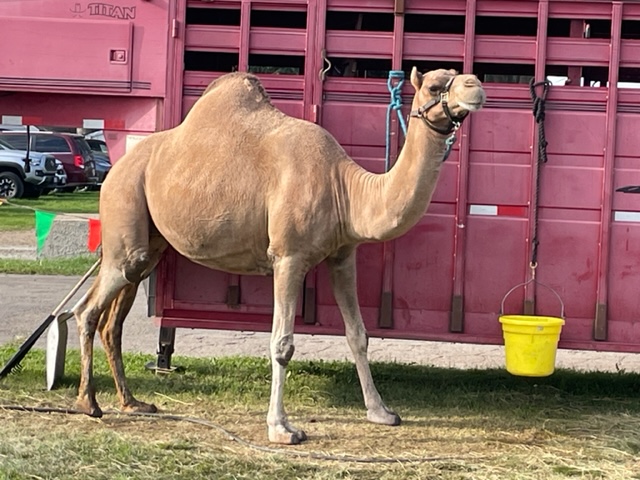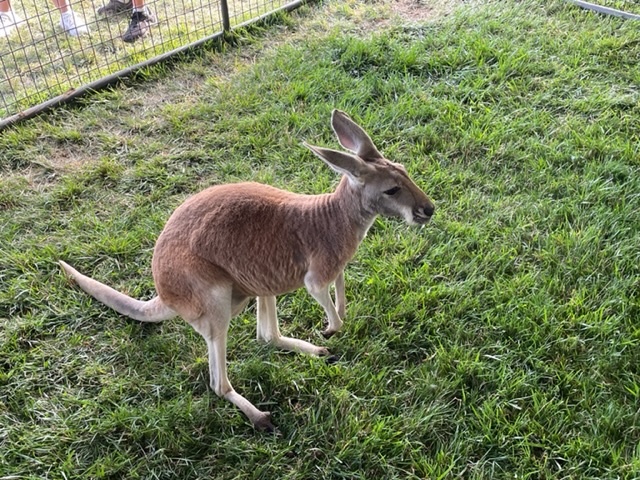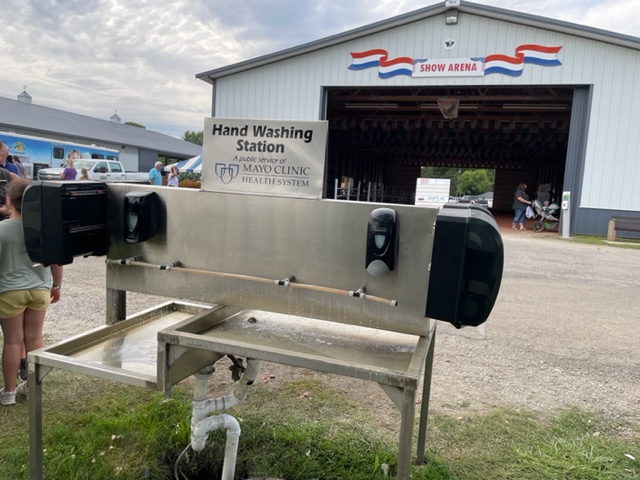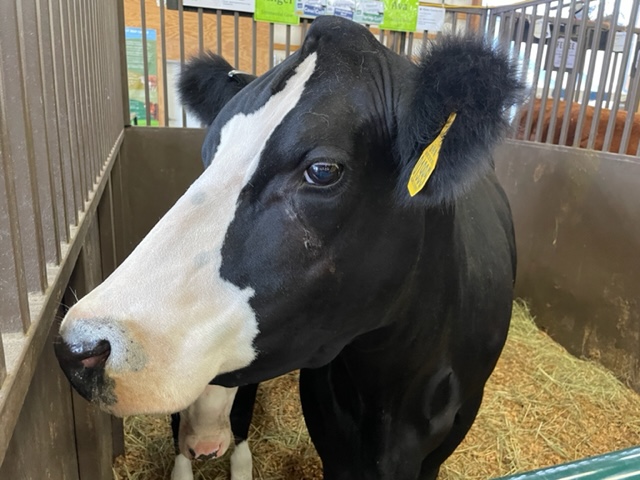Last week we were in Pennsylvania. Gary, my husband, is from Lancaster County and we flew there to attend a family reunion. He’s is from the scenic part of the state, Amish Country in southeastern Pennsylvania. There are rolling hills dotted with small farms, with cattle and corn and hay fields.
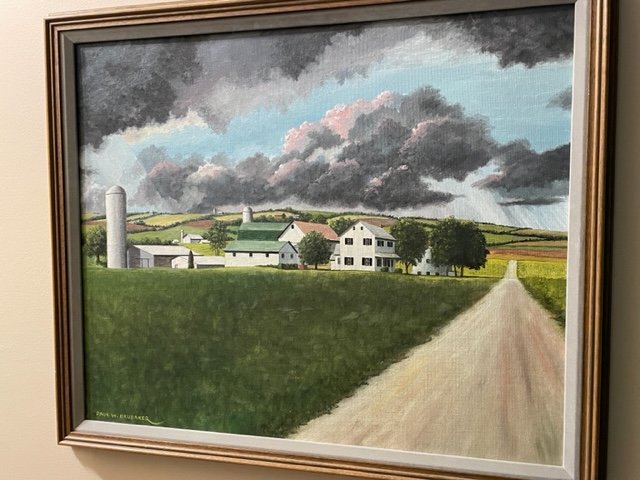
Gary grew up on a dairy farm, helping his family milk cows the traditional way, by attaching a milking machine individually to each cow. They milked about 45 cows, twice a day.
The family farm was sold in 1986 to a young family who continues to milk cows. However, the herd has grown and the operation has changed. The new owners tore down the original barn in the 1990’s and built a state-of-the-art milking parlor in which ten cows were milked at one time, in modern facilities with computer-controlled machines that tracked what each cow produced.
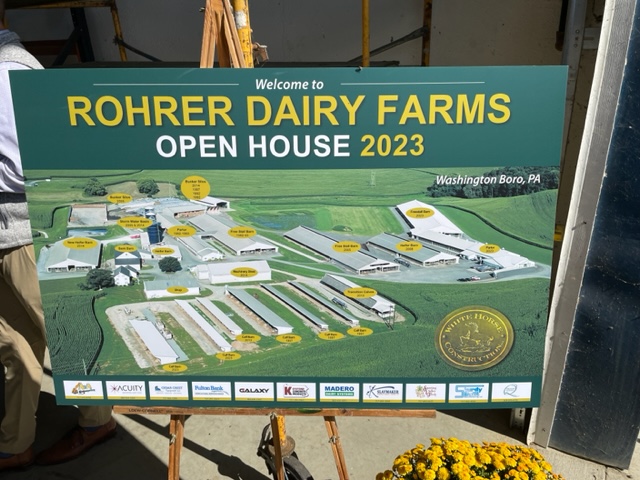
Like everything, farming continues to change. This year when we were in Pennsylvania, Gary went to an open house for a 2023 state-of-the-art milking parlor and I asked him to describe it here:
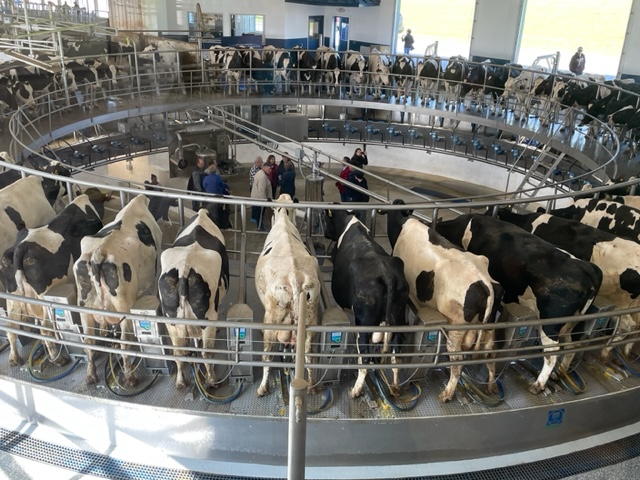
Rohrer Dairy Farms near Mountville, PA began as a small farm with 20 cows in 1956. Fast forward to 2023 and the second and third generation Rohrer Dairy Farm families now have a 60 cow rotary milking parlor to milk their 1,780 cows. This highly automated system is attended by only three employees. The cows enter from holding lanes unto a slot on the carousel as the carousel continuously rotates. Each slot has a milking machine and a control module with a digital screen.
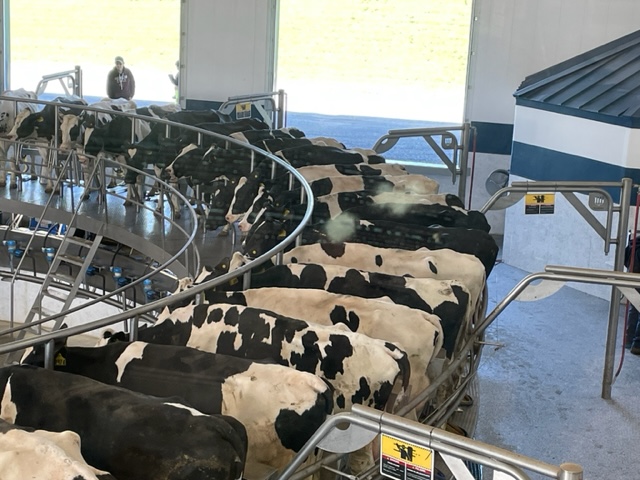
The first worker preps the cows (washes the udder) and the second worker attaches the milkers. The milking machine automatically disconnects when the milking is complete. When the cow reaches the exit point, a water spray at her head encourages her to back off the carousel. Unless there is a hiccup, the carousel does not stop. It rotates very slowly and each cow’s ride on the carousel is about ten minutes.
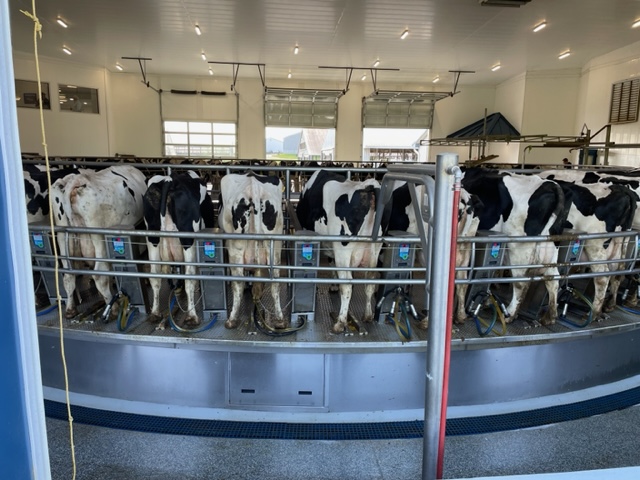
It is an amazing sight. There is an upper level gallery with office, conference room, meeting room and viewing area where one can watch the whole operation behind large windows.
They milk three times a day and each milking takes 5 ½ hours, thus there is more milking parlor time available to expand the herd.
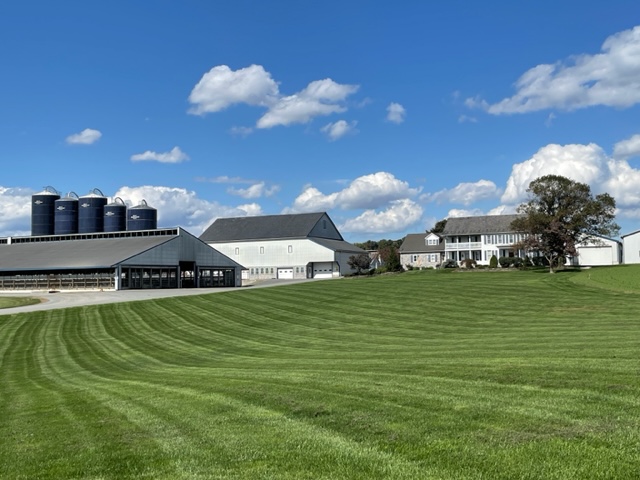
In addition to the 1,780 milking cows, they have about 1,500 heifers and calves. The large cow barns have automated feed systems, slotted floors with manure pits underneath, and a fire sprinkler system.

It is hard to comprehend. The small family farm is indeed rapidly disappearing, but I believe they both can co-exist. I am hopeful because my sister’s son and his wife, both of whom are college graduates, are taking over their parent’s dairy farm. They milk less than 100 cows in a traditional milking barn. Good for them!
